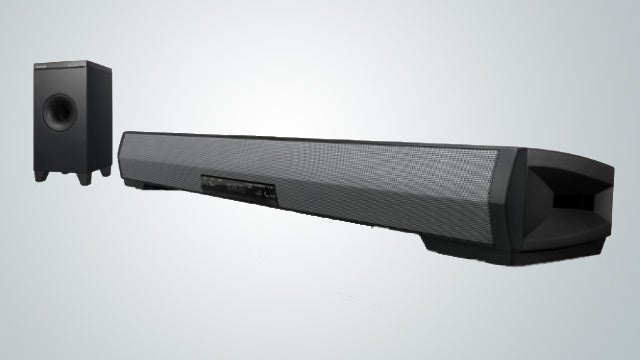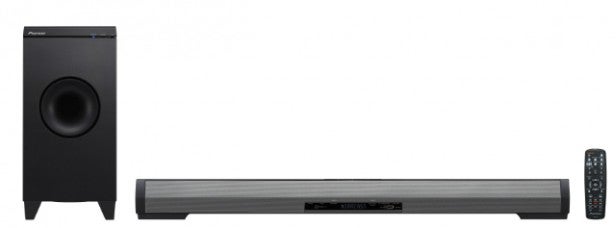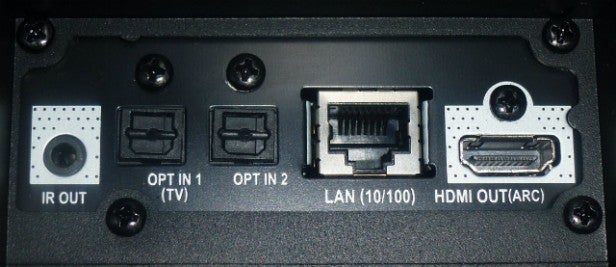Pioneer SBX-N700 Review
Pioneer SBX-N700
A feature-packed network soundbar with Bluetooth, Wi-Fi and YouTube

Sections
- Page 1 Pioneer SBX-N700 Review
- Page 2 Features Review
- Page 3 Setup and Operation Review
- Page 4 Performance and Verdict Review
Verdict
Pros
- Loads of features
- Good build quality
- Sound quality without wireless sub
Cons
- Sound quality with wireless sub
- No HDMI inputs
- Some sound modes only accessible onscreen
Key Specifications
- Review Price: £349.99
- Wireless subwoofer
- Built-in Wi-Fi with Miracast and Wi-Fi Direct
- DLNA file streaming
- YouTube with Send To TV support
- USB media playback
- Built-in Bluetooth
What is the Pioneer SBX-N700?
It’s a soundbar system with a neat twist. Not only does it deliver big sound from a compact speaker but it also streams media wirelessly over a network and sends YouTube video content straight to your telly. This extra functionality is reflected in a slightly higher
price tag than most soundbars, but it’s not outrageously expensive and
throws in a wireless subwoofer for the money that isn’t included with
the £250 SBX-N500 and £170 SBX-N300.
SEE ALSO: 6 best soundbars you can buy
Pioneer SBX-N700 – Design
The SBX-N700 is by no means jaw-dropping, but it’s attractively styled in a matt black finish with grey mesh on its angled front section. A black display panel in the middle shows selected inputs, volume levels and other info in seven-segment digits, while various lights above it tell you which sound modes are active. On top is a row of slim buttons to control volume and input selection.
It’s a chunky and robust soundbar, but its 900mm width doesn’t feel intrusive and makes it a perfect partner for 40 or 46in TVs. At both ends are bass reflex ports that manage airflow from the built-in subwoofers.
As for the wireless subwoofer, it’s relatively tall but smartly styled in black with a curvy port at the front. Thankfully it’s quite slim, which should make it easy to slot beside the sofa or TV stand.
Pioneer SBX-N700 – Connections
On the front is a USB port (something of a rarity on soundbars) that allows you to play media from flash drives, and a 3.5mm audio input to hook up portable devices on the fly.
The rest of the connections are found in a recess on the back. They include an ARC-compatible HDMI output, which not only outputs DLNA/internet content but also receives audio signals from the TV, eliminating the need to rig up a separate optical cable. Audio from sources connected to your TV is passed to the Pioneer through this ARC connection.
Great, but we’d have liked a few HDMI inputs too. This would have allowed you to pass your Blu-ray deck or Sky box through the Pioneer to a single HDMI input on your TV, and switch between them. As it stands, the Pioneer has to be connected to one HDMI input on your TV, while your Blu-ray deck is connected to another.

The downside here is that you have to switch to a different HDMI input every time you want to view the Pioneer’s online content or visit the setup menu. That’s a pain because a) you have to stop watching your movie and b) it cuts out the ARC audio connection.
For those without an ARC-compatible TV, there are two optical digital inputs. The SBX-N700 boasts built-in Wi-Fi, which lets you connect to your network wirelessly, but there’s an Ethernet port too. Finally, there’s an input for the supplied infrared extender, which is useful if the soundbar blocks your TV’s receiver.

